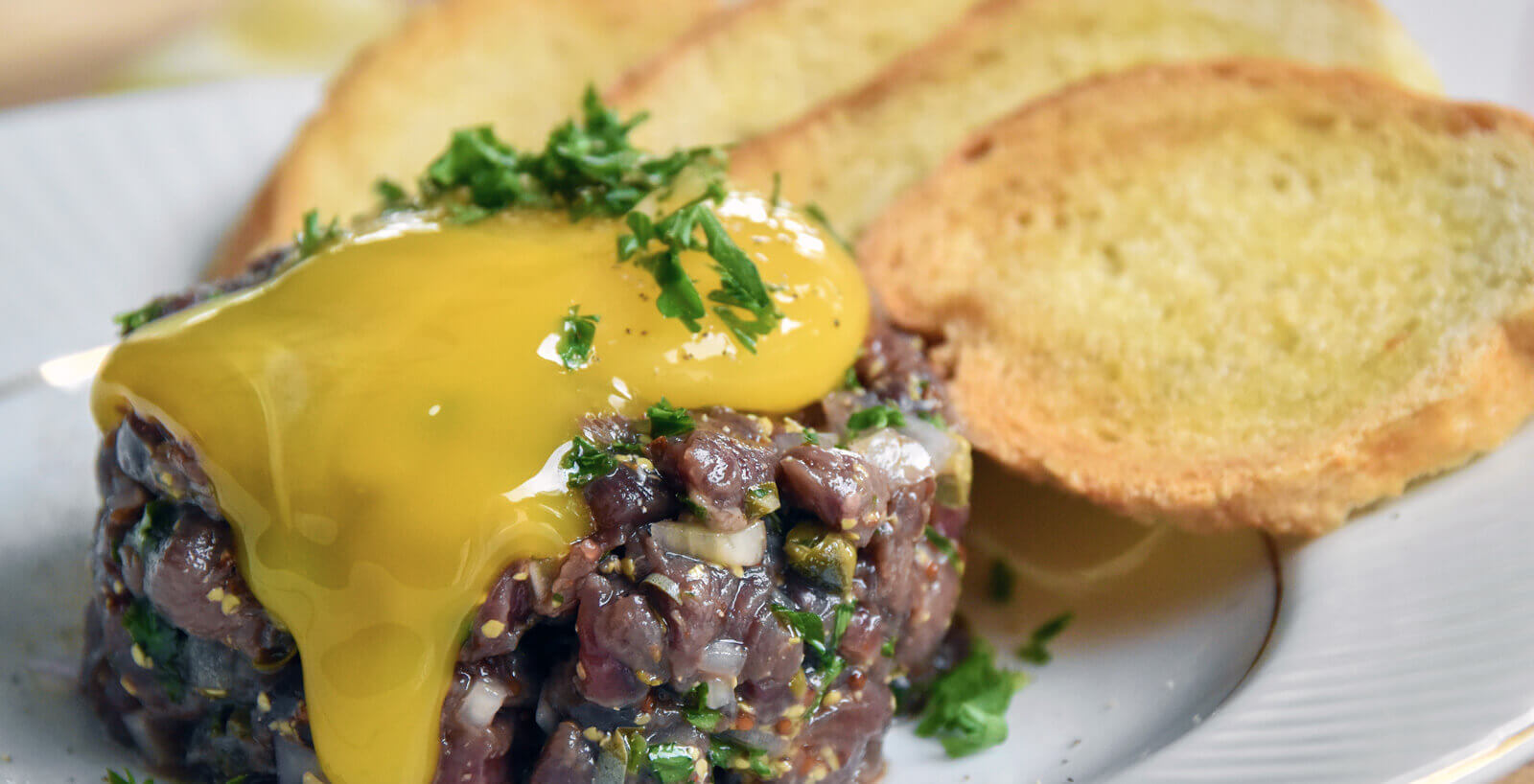I’m excited to introduce myself as Strung’s Wild Foods Editor. A few months ago, a new magazine popped up in my social media feed. It was fishing. It was hunting. It was backpacking, surfing, paddling, and portaging. It was wild food and strong drinks around a campfire with friends. It was everything I love wrapped up in a printed bundle of passionate writing and unique photography. It was Strung.
Originally published in September 2019 – The Strung Magazine Upland Issue
I’ve been fishing, hunting, gardening, and foraging my entire life. From bowhunting to fly fishing, wild food has always been the link connecting my passions. As Wild Foods Editor, I want to explore the diverse elements that make wild food infinitely fascinating and damn delicious. I want to interview the unconventional and often eccentric characters drawn to wild food. Finally, and most important, I want to share information, stories, and recipes that celebrate wild food and the places it comes from.
Maybe you’re interested in wild food but are unsure where to start, or perhaps you’ve been cooking wild food for years and are looking for some inspiration. I hope I can show you how approachable and wide-ranging wild food can be. A good place to start and a question I’m frequently asked is, What exactly is wild food?
For those unfamiliar with the term, a basic definition might say wild food is anything edible that hasn’t been managed to increase its production. That is, it hasn’t been watered, fed, confined, fertilized, sprayed with chemicals or processed. While I agree with that definition, I also want to suggest a larger meaning.
Wild food is made of stories. It’s glassing mountain vistas for elk. It’s catching bluegill from a farm pond. It can be as complicated as haute cuisine or as simple as a spring onion plucked from the dirt and dipped in salt. The food that comes from those experiences is the final punctuation to the story. Wild food is everything frozen dinners, drive-thru convenience, and chain-restaurants are not. Wild food flies through the air, runs through the forest, and swims through the water. It is seasonal, healthy, and honest. Sometimes, just like real life, it ain’t pretty.
Wild food is not only a rejection of factory farming and detached consumption, it’s also a celebration of something magical that many people, myself included, find spiritually fulfilling. When we engage with our food, whether it’s by hunting, fishing, or foraging, we cease to be an audience member and step onto nature’s stage. By doing so we create meals that money can’t buy. Let me tell you, it’s pretty satisfying to know there isn’t a billionaire or a despot on earth eating better than you are.
Over the next few issues we’ll be asking professional chefs, backcountry cooks, hunters, anglers, and expert foragers what wild food means to them. We’ll also ask what they like to sip on after a long day in the field or on the water. Until then, I’ll leave you with a dish that encapsulates everything awesome about wild food: venison tartare. Here’s to the mountains, rivers, and valleys that draw us into nature and the meals that remind us of those places. I hope this gives you a taste of what’s to come.
 Amuse-bouche: Venison Tartare
Amuse-bouche: Venison Tartare
Serves 4 as an appetizer or 2 as a main course
Prep Time: 20 minutes
No wild game is more mistreated than whitetail deer. On average, hunters kill more than six million deer every year, and I would venture to say the majority are hauled to a meat locker and turned into jerky, summer sausage, and snack sticks. There’s nothing wrong with that, but I think most people would appreciate the meaning their meat takes on when they butcher and process it themselves. Venison tartare is one of the luxuries of that process.
Most people wince at the thought of eating raw meat. It’s everything our sterilized, pre-packaged, cellophane-loving culture tells us we shouldn’t eat. It’s also a dish that shows how when you handle your meat properly and take steps to ensure the utmost quality, you can enjoy dishes other can’t.
Here’s what you need to know. Make sure the meat is free from contaminants. That means not using meat from a gut-shot animal and being careful to use a clean cutting board and knife. Freezing the venison for 48 hours will kill any of the parasites known to exist in deer. Finally, if you are using eggs (and I really think you should), make sure they are from a reliable source and as fresh as possible. Get to know the egg person at your local farmer’s market. He or she will be more than happy to supply you with fresh eggs.
You can follow this recipe to the letter, but the beauty of tartare is that it’s more of a template than a strict set of rules. Maybe you found some wild horseradish along the trail? That would make an excellent addition. Perhaps you want to taste venison in its purest form? Salt and pepper will do the trick. Any way you make it, tartare gives you a primal satisfaction that feels honest and clean.
Ingredients:
1/2 pound venison, minced (any cut that is free of fat and sinew will work—I prefer backstrap)
1/2 small shallot, minced
2 teaspoons capers, minced
3 tablespoons red wine vinegar
2 teaspoons minced parsley
2 teaspoons coarse Dijon mustard
1 small garlic clove, smashed and minced
1 teaspoon smoked salt
1 teaspoon juniper berries, dry roasted and minced
1 pinch of cayenne pepper
1 lemon wedge, squeeze to taste
1 duck (or chicken) egg yolk (if you can’t find good eggs substitute quality olive oil)
Black pepper
Crostini
To Assemble:
- Soak the minced shallot in the vinegar in a small bowl. Toast the juniper berries in a small pan over medium heat (shake often to prevent them from burning), about 3 minutes.
- Mince the venison with a sharp knife. I prefer to cut it into 1/8-inch dice. It helps if the meat is partially frozen. Put the minced venison in a bowl and add the spices, squeeze of lemon, salt, garlic, capers, mustard, and 1 teaspoon of parsley. Drain the shallots and add them to the bowl.
- To serve, pack the tartare into a ramekin or steel cooking ring. Place the formed tartare into a dish and make a small depression in the center. Separate the egg yolk from the white and discard the whites (or use them in another recipe or cook them for your dog). Place the yolk in the depression and garnish with the remaining parsley and a few turns of fresh ground black pepper. Serve with crostini and a glass of Beaujolais.
Ryan Sparks is the Strung Magazine Wild Foods editor and provides the feature selection for Rations & Intoxicants with well known chefs and mixologists, natural foods and other tasty topics.


